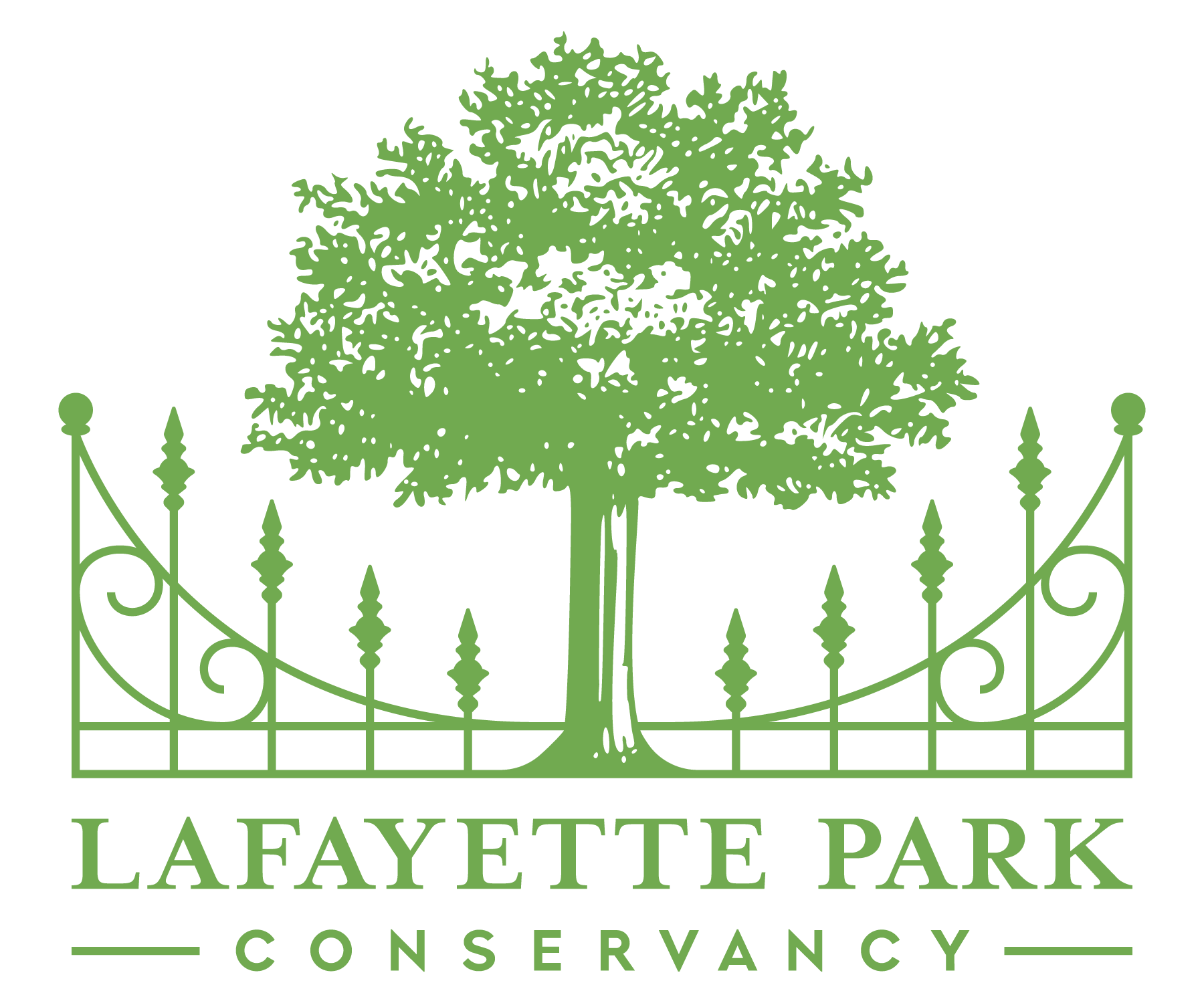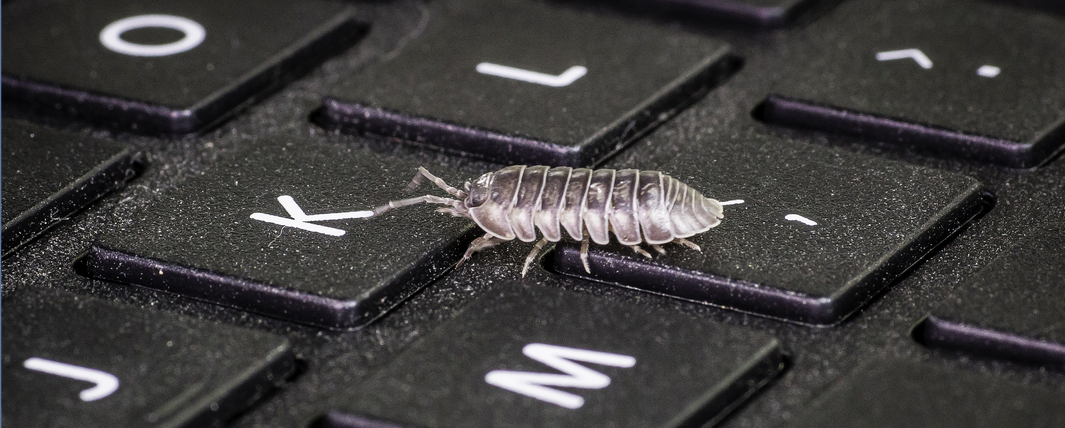

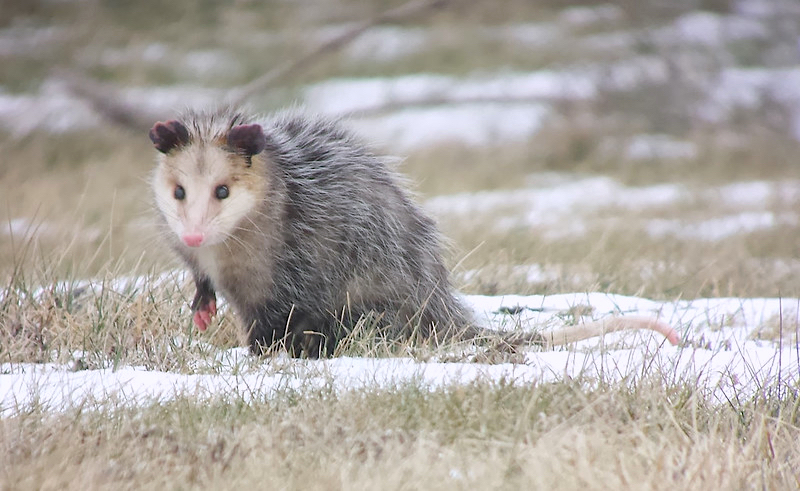
R-E-S-P-E-C-T
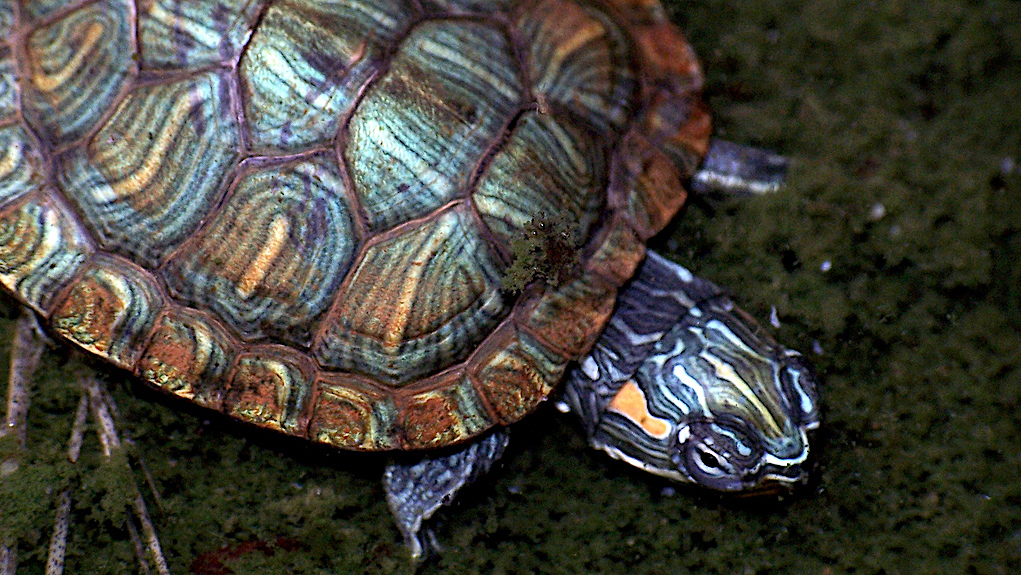
STICK IN THE MUD
Next time the Weather Channel predicts a cold front, with or without a “wintery mix,” ask yourself if the people peeking out from fleece hoodies, swaths of scarves, turned up coat collars, and balaclavas as they hunch toward the warmth of home look more like bears… or turtles.
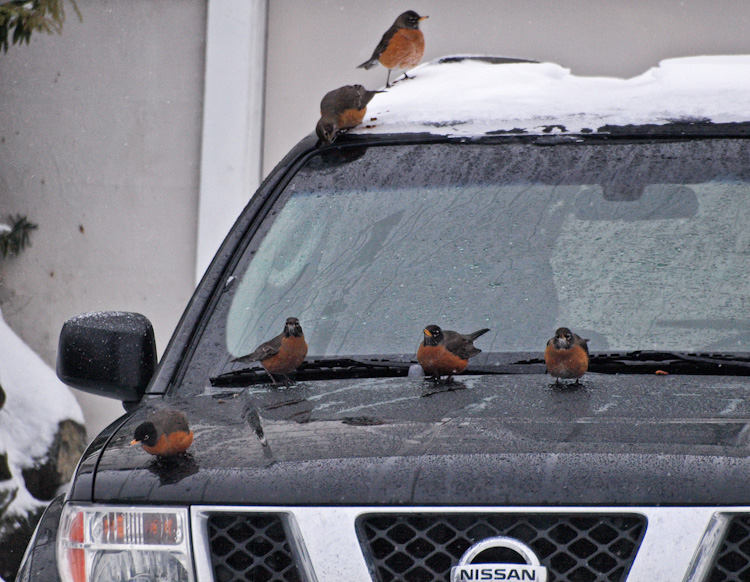
OASIS
The heat of summer can make any body feel dry as dust. But wild animals, especially those species who can tolerate living near people, usually have an easier time finding some moisture when the mercury rises than when it falls.
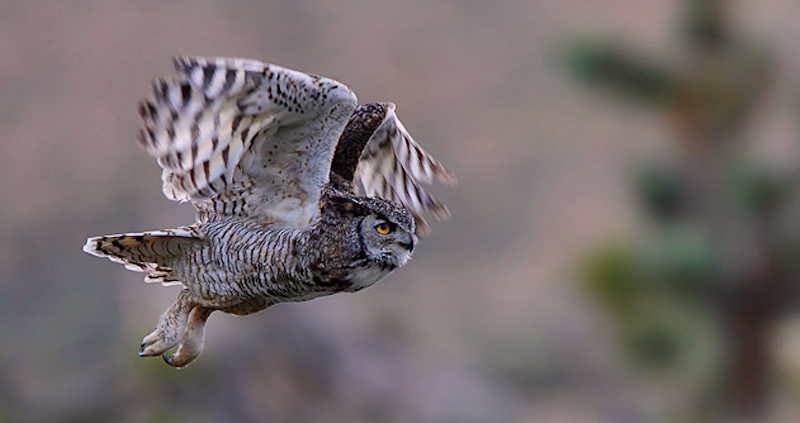
SILENT FLIGHT
BY KIERAN LINDSEY, PhD The natural world outside my Midwestern door is preparing for a long winter nap. Cozy quilts made of homespun leaves keep tree feet from getting too cold. Seeds and insect eggs, the harvest of the previous growing season, have slipped into...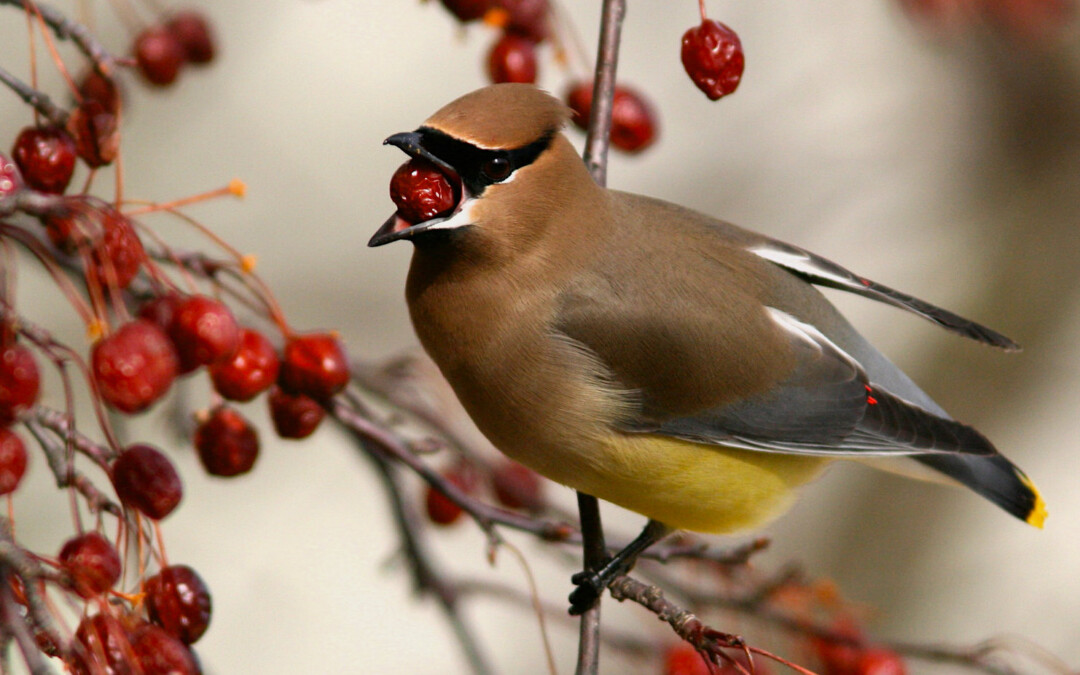
FRUIT LOOPY
BY KIERAN LINDSEY, PhD Whenever I see a Cedar Waxwing (Bombycilla cedrorum) at this time of year I’m reminded of my days as Executive Director of the Texas Wildlife Rehabilitation Center, back in the late 1990s. For a few weeks every winter, the Waxwings would...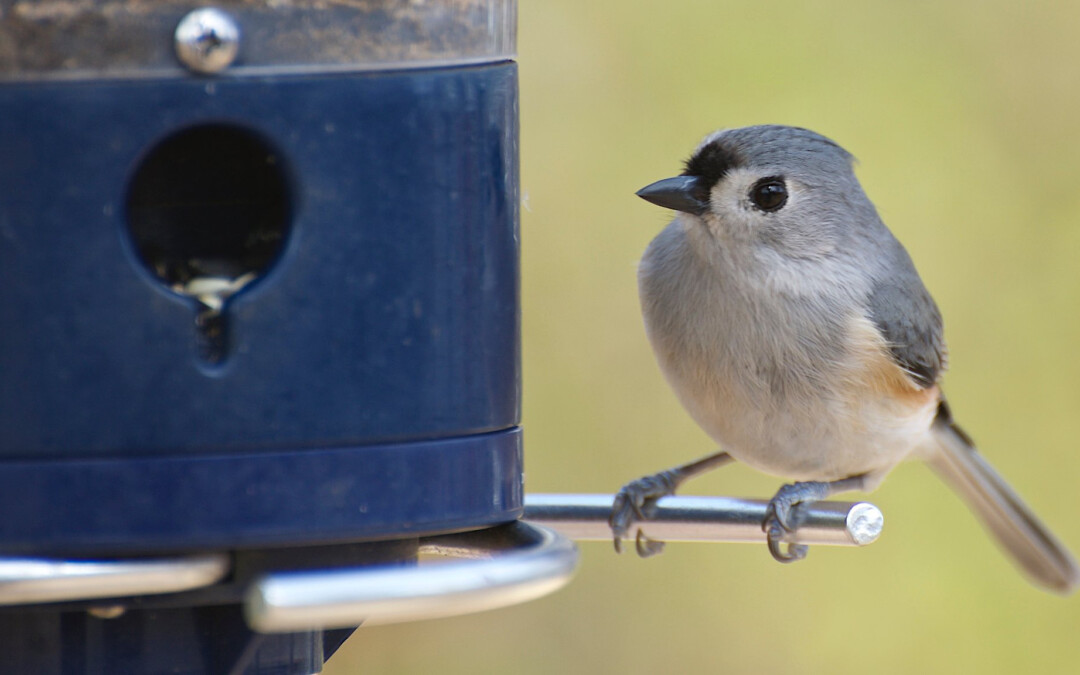
EIGHT IS ENOUGH
BY KIERAN LINDSEY, PhD The Tufted Titmouse (Baeolophus bicolor) is a small bird who raises large families. Having a lot of children isn’t uncommon in the natural world but titmice parents are unusual in that they often follow the sitcom script for managing...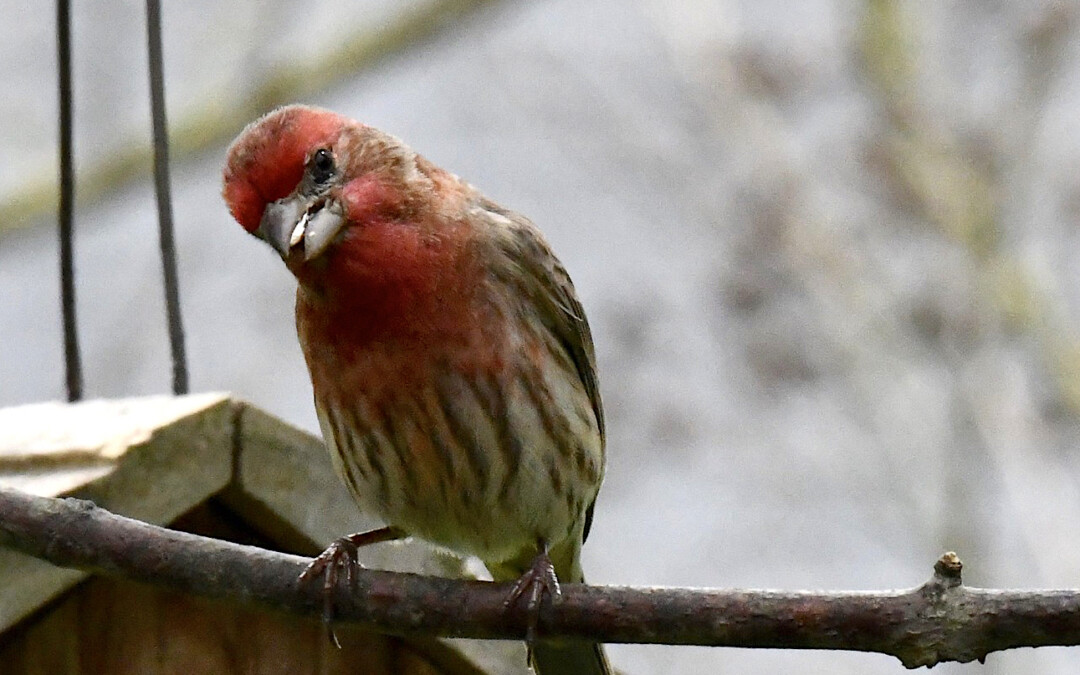
HOMEBODIES
BY KIERAN LINDSEY, PhD Anywhere you hang your hat is home, or so the saying goes, but the same holds true even if your cap is actually a cluster of rose-colored feathers, or even a cloche of streaky tan and taupe. Perhaps we rarely see a House Finch...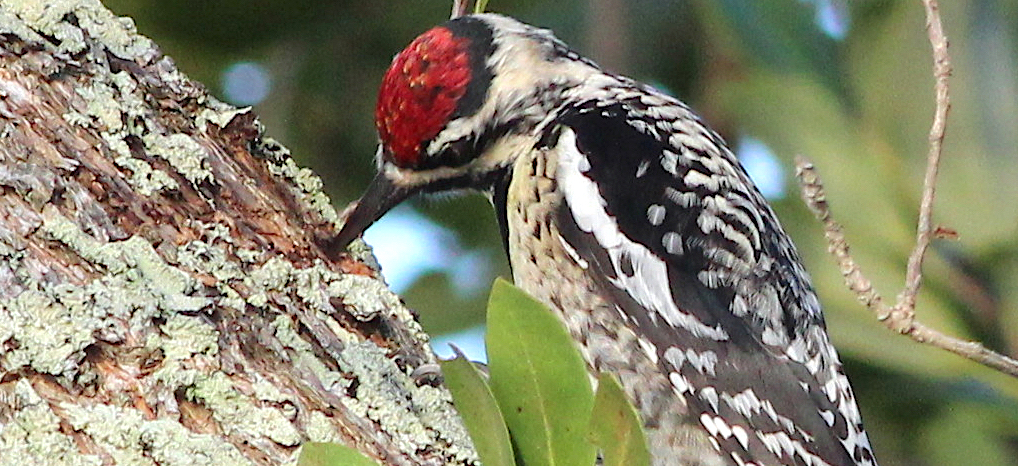
SLURPY
BY KIERAN LINDSEY, PhD You know how there’s always that last bit of liquid in the glass, just a few drops, that’s resistant to lift-off no matter how many times you re-position the straw or how much suction force you apply? Well, Yellow-bellied Sapsuckers...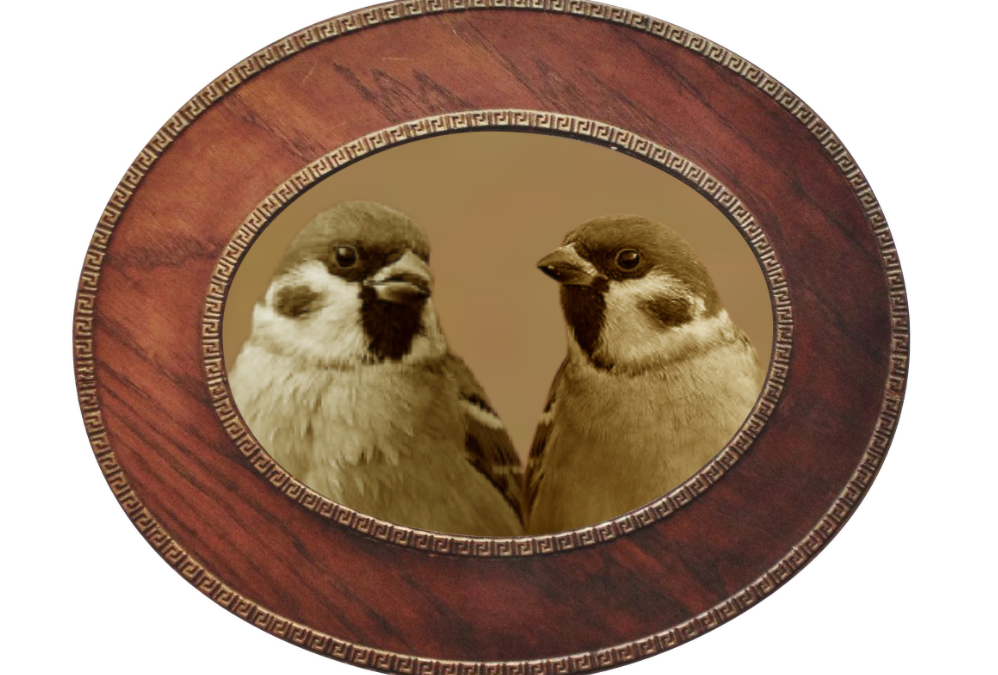
ENDEMIC IMMIGRANTS
A prominent German-American publisher in St. Louis at that time, sponsored the Transatlantic voyage of a dozen Eurasian Tree Sparrows (Passer montanus, aka German sparrows) and representatives of 5 other species from his fatherland. Hoping to establish colonies in the Missouri Rhineland, shortly after their arrival the itinerant avians were released into the park.
